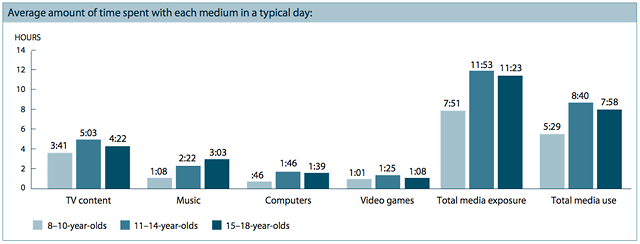The recent issue of the CAUT Bulletin has a great article by Elizabeth Hodgson titled A Rant on Excellence. She rightly noticed how “supersaturated” excellence has become in the academy. We all pretend we want to be excellent or world-class, but realistically we are just good enough.
These incidents suggest to me, as a literary critic, that “excellence” (with its cognate “world-class”) has become a supersaturated term like “patriot” or “family values,” a word that means both everything and nothing. This word “excellence” seems to have acquired both an indefinable and yet profound value to senior administrators, as if they know what it means, and what it looks like, as if its value is immeasurable and its attainment all-important — and therefore as if anything or anyone not excellent is therefore worthless.
Hodgson concludes with the effects of the cult of excellence which include the proliferation of measurements of excellence which have the effect of turning us towards measurable activities. The measurable activities that prove we are excellent ironically distract us from what we are good at and therefore make us less than excellent.
I would like to see a study of university mission statements and the effect of excellence-talk on them.





